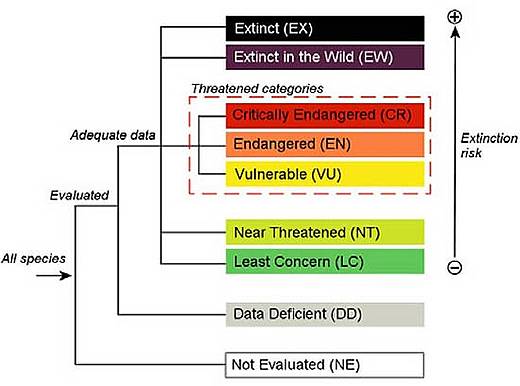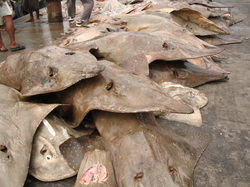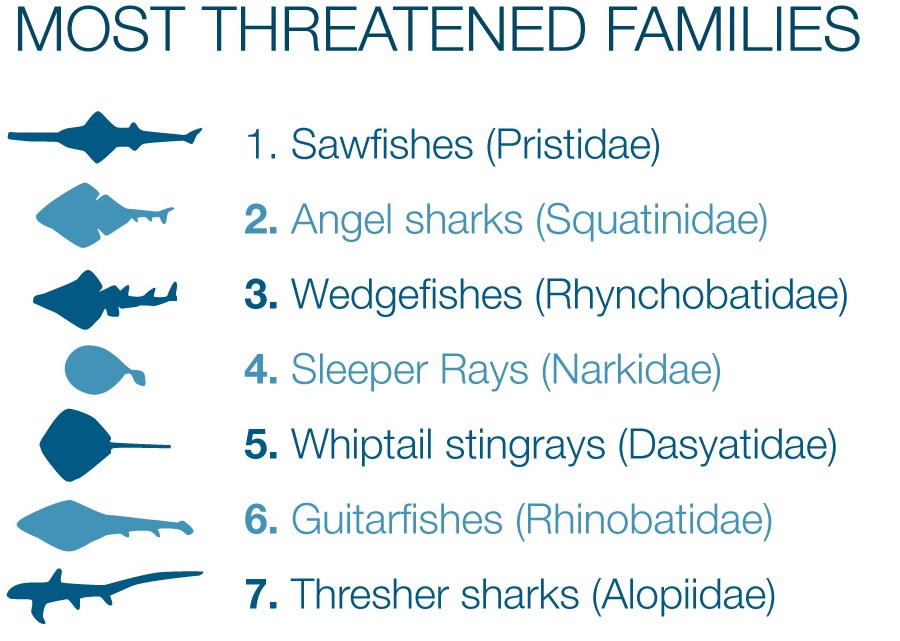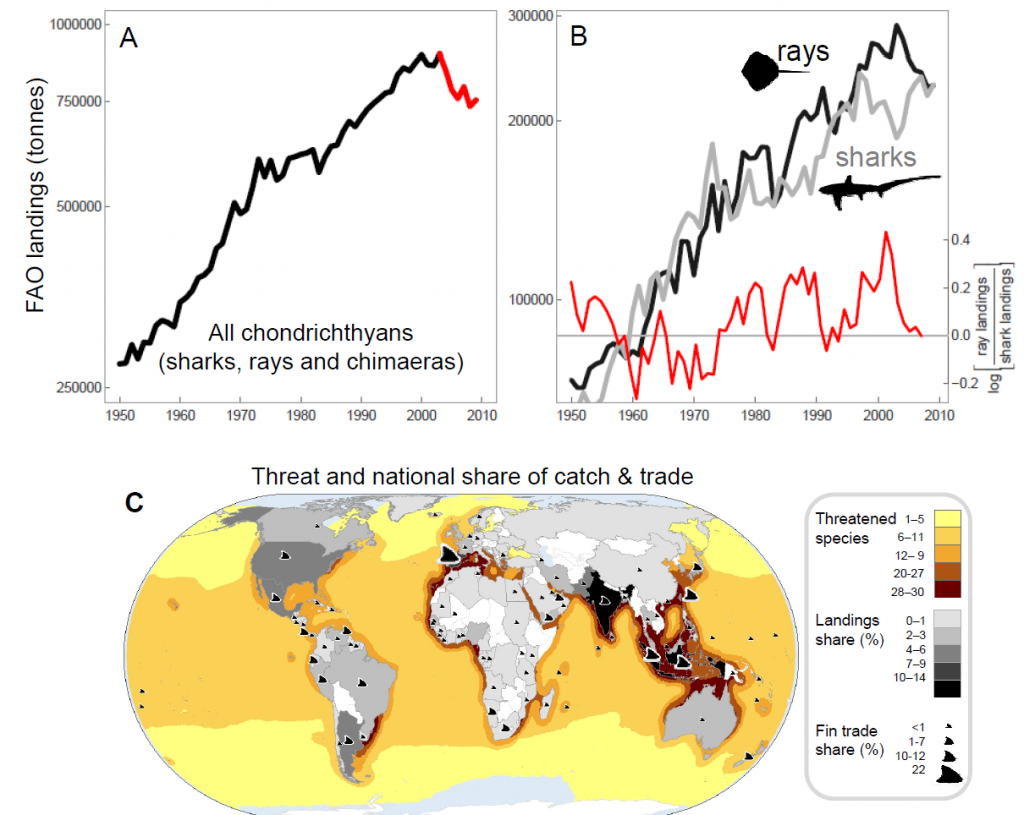It took a team of over 300 scientists nearly two decades, but the first systematic analysis of the conservation status of chondrichthyans (sharks, rays and chimaeras) has been completed. The results, published today (open access) in a paper titled “Extinction risk and conservation of the world’s sharks and rays,” are chilling.
“Our unprecedented analysis shows that sharks and their relatives – which make up one of the earth’s oldest and most ecologically diverse groups of animals — are facing an alarmingly elevated risk of extinction,” said Dr. Nick Dulvy, IUCN SSG Co-Chair and Professor at Simon Fraser University in British Columbia.
As of the writing of this paper, the IUCN Shark Specialist Group recognized 1,041 species of chondrichthyans. However, a new species is described, on average, every two or three weeks! Out of these 1,041 species of chondrichthyans, approximately one in four are considered “Threatened” by IUCN Red List criteria; 113 species are Vulnerable, 43 are Endangered, and 25 species are Critically Endangered. 487 species are considered Data Deficient, but the IUCN Shark Specialist Group estimates that 68 of them are likely to be Threatened as well! Most alarmingly, only 23% of known chondrichthyan species are considered Least Concern, the lowest percentage out of any group of vertebrates on land or sea!

One of the two main factors influencing Threatened status is the size of the animal. Larger bodied species are sensitive to overfishing because they typically have a life history with slow growth, late age at maturity, and relatively few offspring. Additionally, living in coastal habitats (in other words, close to humans) makes a species more likely to be Threatened.
Though much of the attention of the conservation activism community has focused on sharks, this paper shows that of the 7 families of chondrichthyans with the highest percentage of Threatened species, 5 are rays (including wedgefish, numbfish/sleeper rays), and sawfish).

“While public, media, and government attention to the plight of sharks is growing, the widespread depletion of closely related rays is proceeding largely unnoticed,” said Dr. Colin Simpfendorfer, IUCN SSG Co-Chair and professor at James Cook University.

The largest drivers of population declines in chondrichthyans is overfishing, including both targeted fisheries and bycatch. Habitat destruction, climate change, and persecution (i.e. culls) are other major threats facing many species. The paper notes that although the global shark fin trade is a major threat, less-recognized threats include trade in shark and ray meat, manta ray gill rakers, and liver oil.

To combat this threat and conserve these species for the future, the authors recommend a series of policies. One of the challenges is that more than 150 species regularly migrate across national boundaries, and one quarter of Threatened species have a range that includes at least 18 nations! International cooperation through regional fisheries management organizations, CITES, the Convention on Migratory Species, and other groups is critical.
“Significant policy strides have been made over the last two decades, but effective conservation requires a dramatic acceleration in pace as well as an expansion of scope — to include all shapes and sizes of these exceptional species. Our analysis clearly demonstrates that the need for such action is urgent,” said Sonja Fordham, IUCN SSG Deputy Chair and President of Shark Advocates International.
Suggested solutions include “research, data collection, population assessment, fishing limits based on science and the precautionary approach, prohibitions on particularly vulnerable species, bans on at-sea fin removal, protection of key habitats, improved enforcement, and international initiatives through various wildlife treaties and regional fisheries bodies.”
httpv://www.youtube.com/watch?v=7z-JfpDmLdw&feature=c4-overview&list=UUvBSpQazDfdW05o6mtf5LJQ
Author’s note: Lead author Dr. Nick Dulvy is a member of my Ph.D. dissertation committee. Additionally, I am a member of the IUCN Shark Specialist Group’s “Cross-Cutting Group”, and my role includes helping the SSG with communications and social media.
